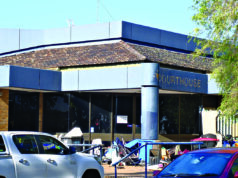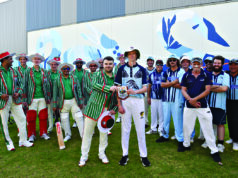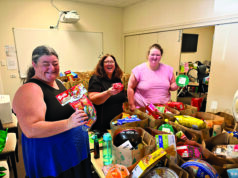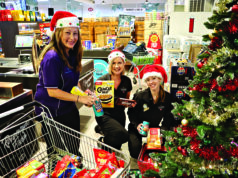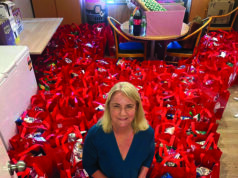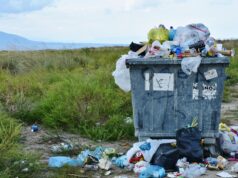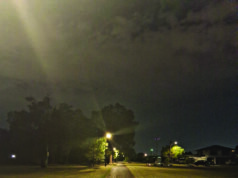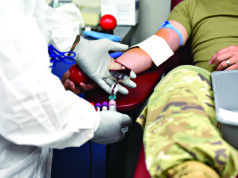When disasters strike overseas, it can feel far from home.
But experts say Western Australia has lessons to learn from Hurricane Melissa, which tore through Jamaica and Cuba and left communities facing a long recovery.
A Curtin University disaster specialist and the Department of Fire and Emergency Services (DFES) noted that events like this are a reminder that WA must stay ready for extreme weather, from cyclones in the north to bushfires and flooding across the State.
Associate Professor Richard Oloruntoba from Curtin University said strong early warnings in the Caribbean saved lives. He said shelters were activated and relief supplies pre-positioned before the storm made landfall.
According to him, early warning triggers logistics, and clear messages to the community are critical.
“Authorities in Jamaica issued a national hurricane warning, activated over 650 shelters and activated pre-stocked warehouses across the island,” he said.
“That parallels what would happen in WA. Only seven people died in Jamaica. It could have been much worse without early warning and risk communication.”
Professor Oloruntoba also highlighted how important it is to protect and restore infrastructure such as power, drainage systems and communication networks.
He said disaster planning must involve all parts of society, from emergency services to supermarkets, banks, petrol stations and community groups, with strong logistics and coordination.
Recovery, he said, works best when government, businesses, emergency agencies and communities all plan and work together.
Deputy Commissioner Craig Waters AFSM told the Examiner that WA continues to learn from global events to improve local preparedness.

“It is critical that the Department of Fire and Emergency Services uses every opportunity to not only learn from events of the past but also look to what could happen in the future,” he said.
He said DFES recently presented research comparing fires in Los Angeles to Perth, and studies on where fires, floods, cyclones and earthquakes are most likely to happen in WA.
“These groundbreaking insights help with the complex challenges of managing the largest emergency services jurisdiction in the southern hemisphere,” he said.
The State Government has funded 60 additional firefighters, the new Cardup Fire Station and a permanent Large Air Tanker for bushfire season, among other measures.
However, Deputy Commissioner Waters said keeping WA safe is a shared responsibility.
“All Western Australians need to play a part in dealing with hazards, especially as the south of the State prepares for a high threat period.”
Residents are urged to clean gutters, clear vegetation and move flammable materials like firewood and gas bottles away from homes.
“More than 93 per cent of WA is bushfire prone, so it is important Western Australians are well prepared with a bushfire plan and stay informed about local conditions and warnings via the Emergency WA app or website,” he said.



